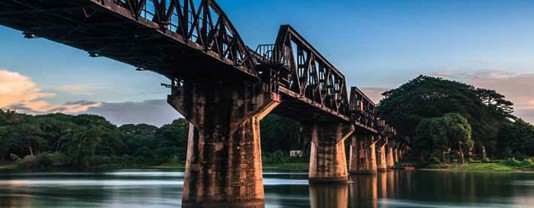Myanmar is one of the developing countries in Southeast Asia. As a result of isolation from the rest of the international community, due to a succession of military regimes (the first in 1962), the country’s economy and its infrastructures have not managed to grow as much as they needed to.
Even aid from international financial institutions has arrived in mere dribs and drabs (the Asian Development Bank, for example, ceased all business with the country for years, reopening the door only in 2012). If truth be known, Myanmar, the state covering the largest surface area (676,577 km²) in the Mekong River region, has massive potential, also as a corridor for connecting Southeast Asian countries to India and Pakistan and as a possible means of access to the Bay of Bengal for the economic giant, China. Now after decades of economic stagnation and scant investments in infrastructures, the transport sector is very undersized compared to those of other member states of the Association of Southeast Asian Nations (ASEAN). The mean density of roads among ASEAN member states is 11 km per 1,000 inhabitants, whereas in Myanmar it stands at just 2 km per 1,000 inhabitants. If we take a look at the vehicle motorization index, in Thailand there are 370 vehicles per 1,000 inhabitants, in Indonesia this figure stands at 250 and in Myanmar, just 18. Which is another reason why, at the end of the 1980s, the government focused on extending road and railway networks, above all in the most remote regions of the country. The recent political reforms, which in February 2011 led to the election of the first civilian president of the country since the military coup d’état in 1962, and removal of economic sanctions by the EU are encouraging the opening up of Myanmar to the world economy. This process is promoting the transfer of technology and knowledge also to the transport and railway sectors, where over the last few years numerous modernization projects have been conceived and got underway.
Franco Tanel
Full article is available only for registered users.
Click the link below to download pdf version of Railway Engineering
